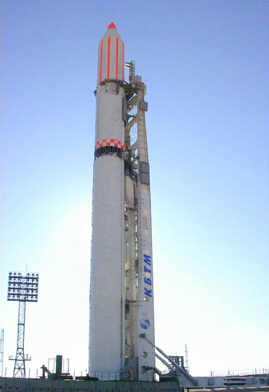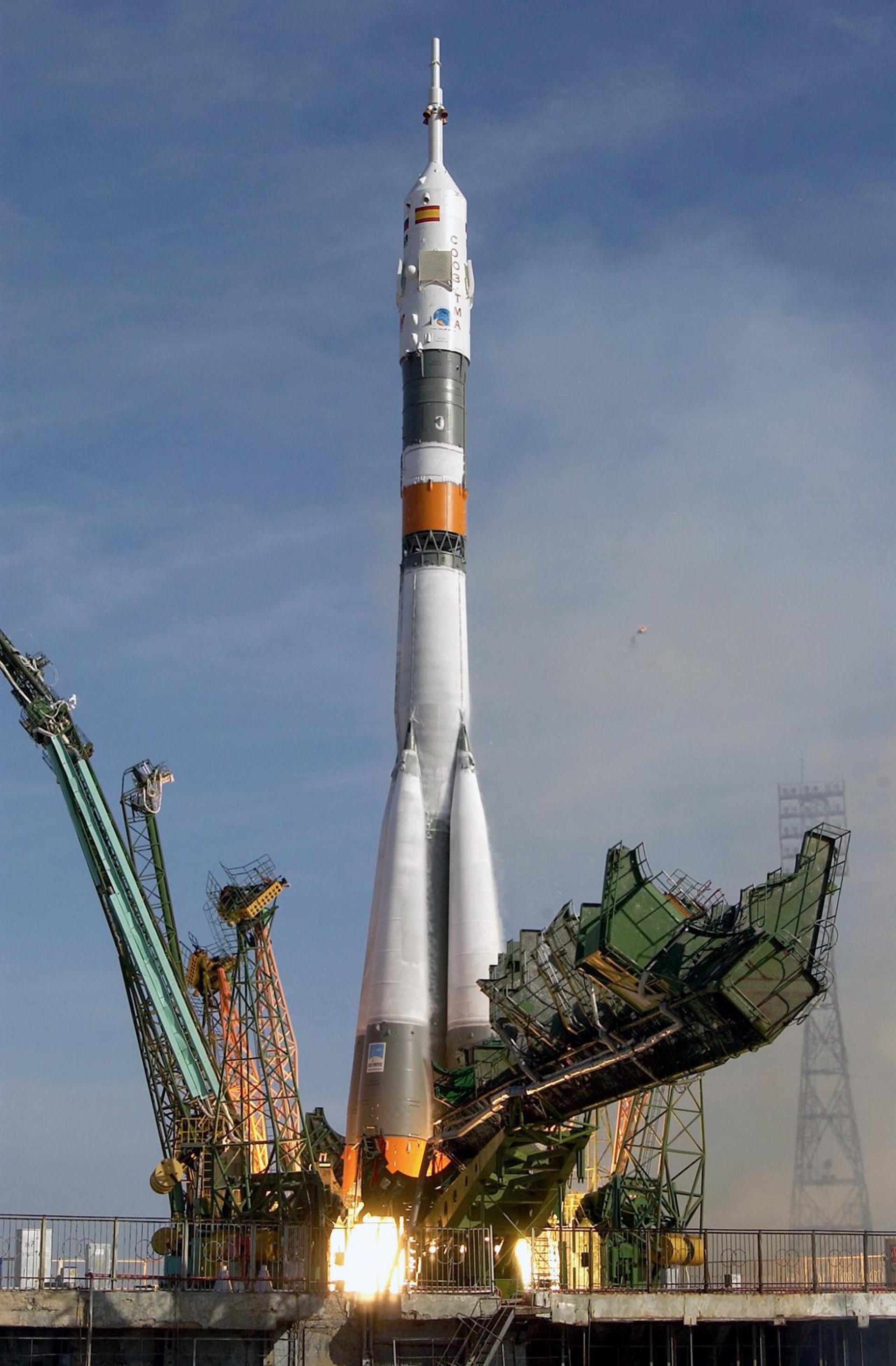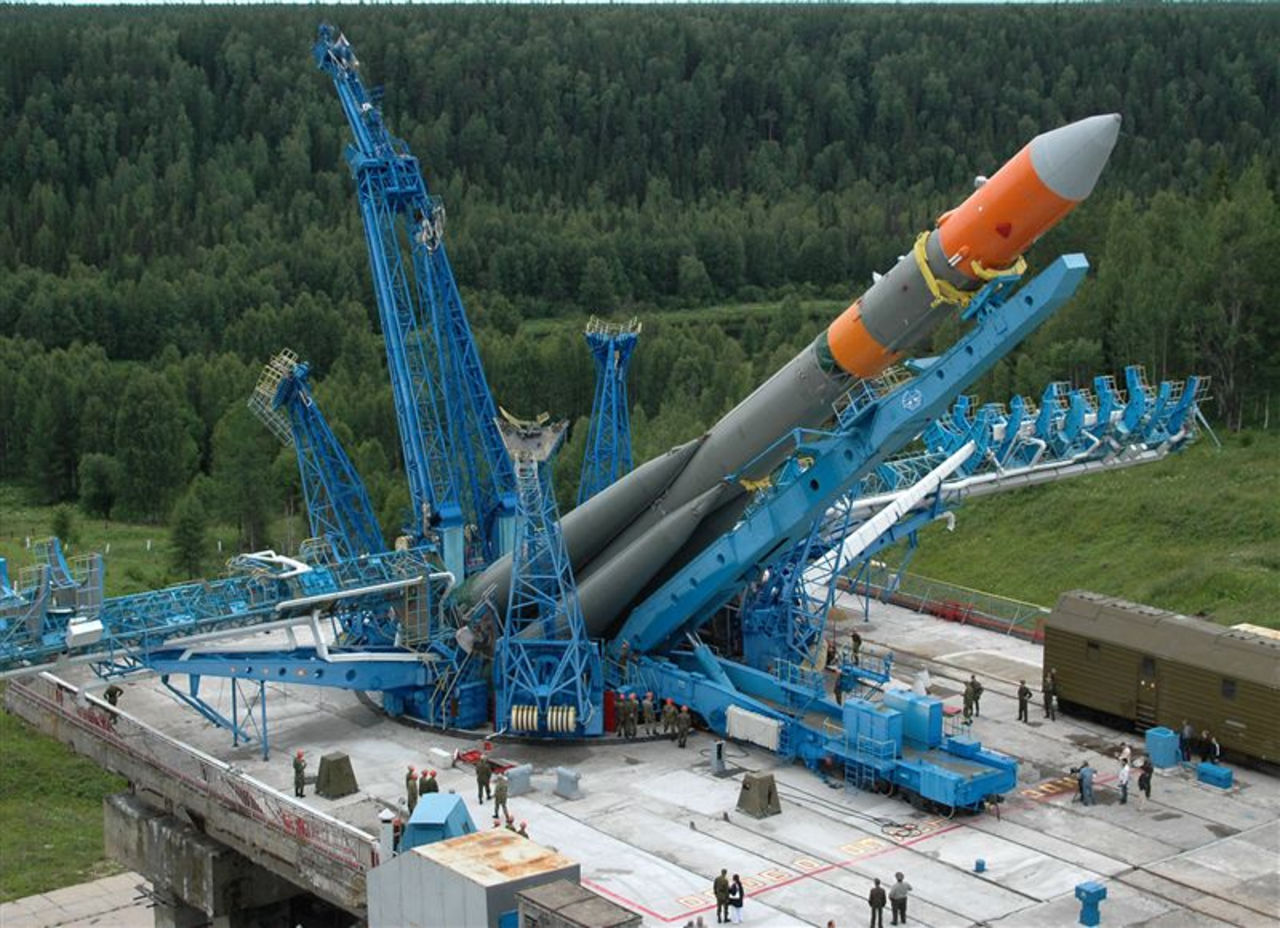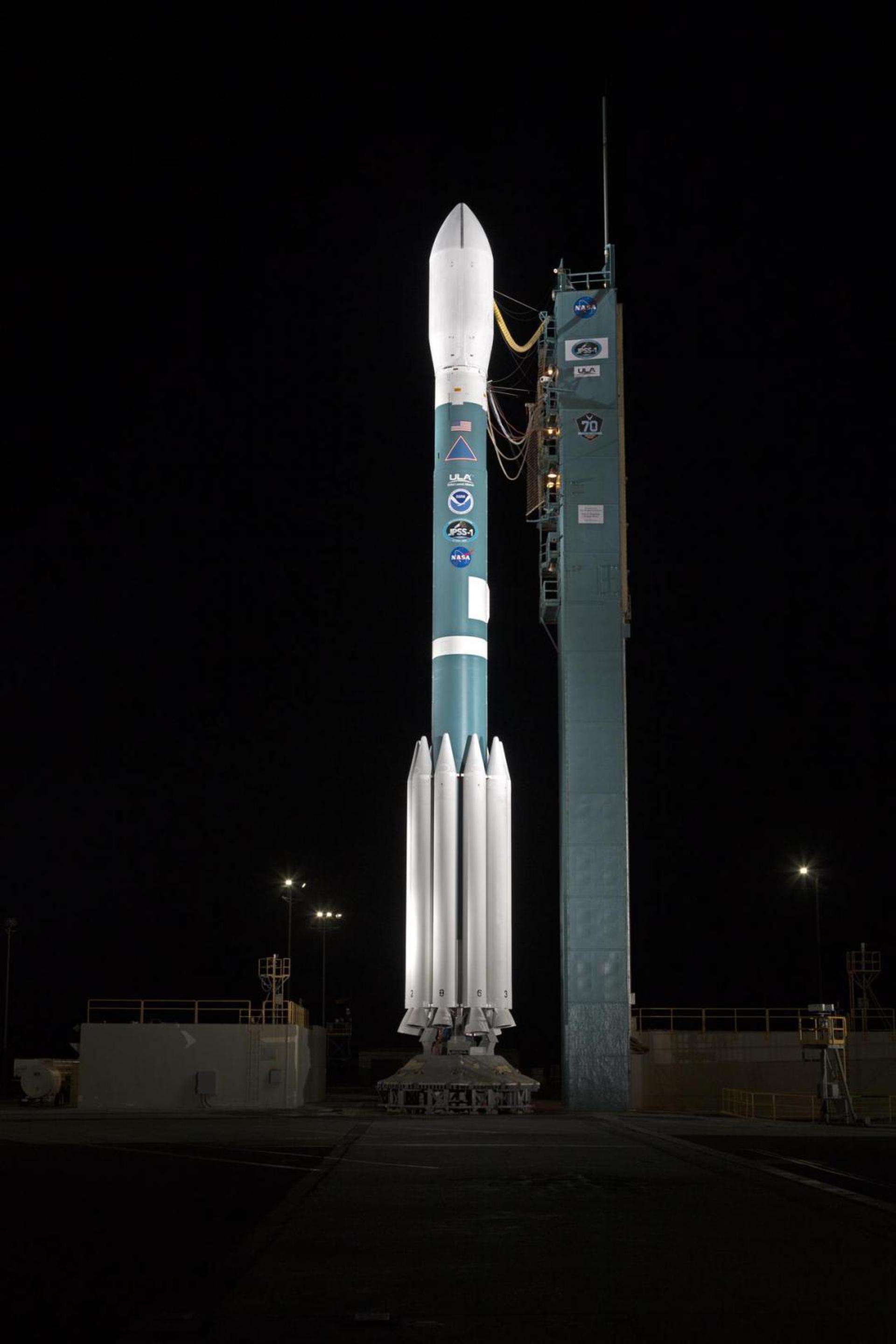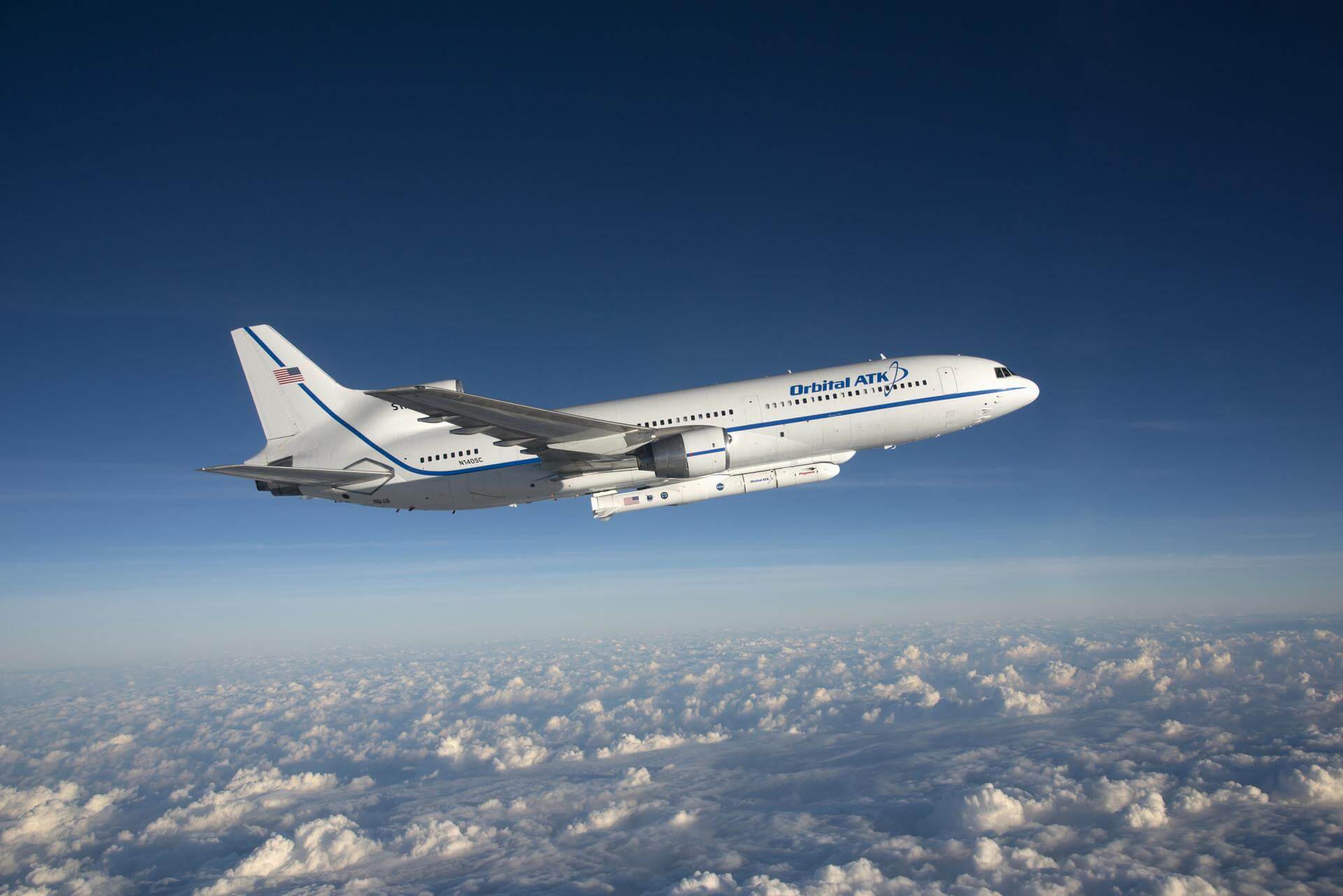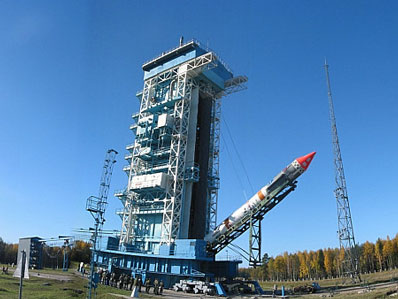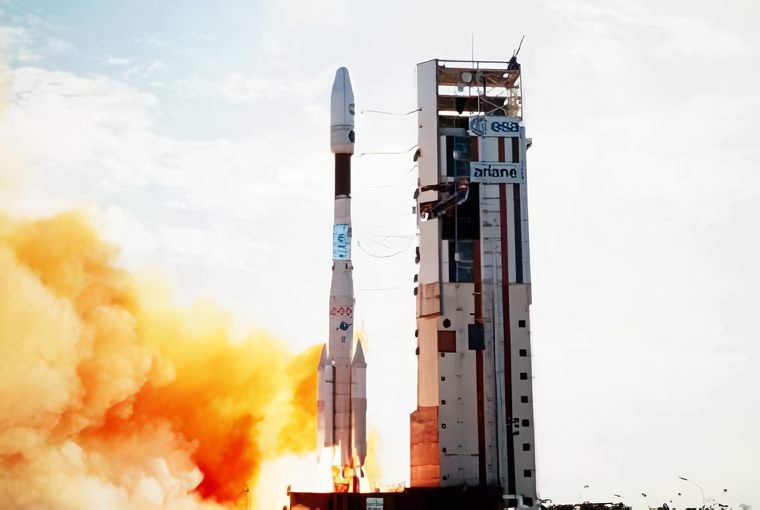Previous Spaceflight Launches
Filter by Agency, Locations or Vehicles
Show All LaunchesZenit-2 | Tselina-2 19
Yuzhnoye Design Bureau | UkraineBaikonur Cosmodrome, Republic of Kazakhstan
May 20, 1997, 7:07 a.m.
Soyuz U | Orlets-1 6
Russian Federal Space Agency (ROSCOSMOS) | RussiaBaikonur Cosmodrome, Republic of Kazakhstan
May 15, 1997, 12:10 p.m.
Space Shuttle Columbia / OV-102 | STS-84
National Aeronautics and Space Administration | United States of AmericaKennedy Space Center, FL, USA
May 15, 1997, 8:07 a.m.
Molniya-M | US-K 78
Russian Space Forces | RussiaPlesetsk Cosmodrome, Russian Federation
May 14, 1997, 12:33 a.m.
Long March 3A | Zhongxing 6
China Aerospace Science and Technology Corporation | ChinaXichang Satellite Launch Center, People's Republic of China
May 11, 1997, 4:17 p.m.
Status: Launch Successful
Mission:
The DFH-3 satellite is a medium-capacity geostationary communications satellite based on the DFH-3 Bus (three-axis-stabilized telecommunications satellite platform). The 2200 kg satellite carries 24 C-band transponders, providing six television channels and 18 communications transmission channels. It has a power supply of 2 kW and a design life of 8 years.
Geostationary OrbitDelta II | Iridium 04 to 08
United Launch Alliance | United States of AmericaVandenberg SFB, CA, USA
May 5, 1997, 2:55 p.m.
Status: Launch Successful
Mission:
Iridium provides global mobile telecommunications services using a constellation of 66 low earth orbit satellites in a 86.4° inclined orbit. Although 77 satellites were originally envisioned for the system and spawned the name based on the 77th element in the periodic table, the system has been scaled back. Motorola's Satellite Communications Group designed and manufactured the Iridium satellites with Lockheed Martin providing the LM-700A spacecraft buses.
Low Earth OrbitAtlas I | GOES 10
General Dynamics | United States of AmericaCape Canaveral SFS, FL, USA
April 25, 1997, 5:49 a.m.
Pegasus XL | Minisat & Celestis Space Burial #1
Orbital Sciences Corporation | United States of AmericaAir launch to orbit
April 21, 1997, 11:59 a.m.
Kosmos-3M | Parus 88
Russian Space Forces | RussiaPlesetsk Cosmodrome, Russian Federation
April 17, 1997, 1:03 p.m.
Ariane 44LP | Thaicom 3 & BSat 1a
Aérospatiale | FranceGuiana Space Centre, French Guiana
April 16, 1997, 11:08 p.m.
